
Drying a duvet without a dryer might sound daunting, but it needn't be, assure pros.
In fact, it's often necessary, and always absolutely doable – so long as you heed the expert's advice and give your duvet consistent airflow, time, and a bit of care.
Here, they share their laundry tips for getting the job done properly with ease, for fluffy fresh bedding, banished bacteria, and reduced energy costs.
How to dry a duvet without a dryer
1. Airdry your duvet

One of the best and most effective ways to dry a duvet without a dryer is by reaping the benefits of air-drying laundry, which will also help to save energy when doing laundry and, in turn, save money at home.
Rechelle Balanzat, founder and CEO of Juliette begins, 'Sun and wind are a beautiful (and free!) combination. The sun’s UV rays help kill bacteria and freshen fabric, and the breeze helps draw out moisture.'
To get the best results, she advises, 'Choose a dry, breezy day. Drape the duvet over a wide clothesline or rotary dryer and secure it with strong pegs.'
Rechelle recommends the minky Sure Grip Jumbo Pegs available at Amazon for this, explaining, 'They grip tightly without damaging your duvet.' This is important Alicia Sokolowski, cleaning and laundry expert, and president and co-CEO of AspenClean, explains, as 'Standard pegs might not hold the weight.'
Rechelle adds, 'Flip or reposition it a few times to ensure the entire piece dries evenly. I love this method when weather allows – it’s as natural as it gets.'
While it's best to air-dry your duvet outdoors, just like drying clothes indoors, it's also possible to do so inside.
Rechell continues, 'Air-drying indoors is gentle and effective, especially if you don’t have access to outdoor space. It allows moisture to evaporate naturally, and you avoid exposing your duvet to pollen or pollution.' And, as Alicia points out, this is especially useful when there are reasons you should not dry laundry outside, such as in cold or wet weather when outdoor drying isn’t practical.
Use a large drying rack, such as the SONGMICS Clothes Drying Rack available at Amazon, and lay or hang the duvet so it's fully open. Rechelle warns, 'Avoid folding or bunching – it traps moisture. If you can position it near an open window or run a fan to improve circulation. I also recommend shaking it out every few hours to keep the filling from clumping.'
In a pinch, or in especially bad weather, a clip-on fan pointed at the duvet helps mimic the outdoor breeze, recommends Alicia.
All prices were correct at the time of publication.
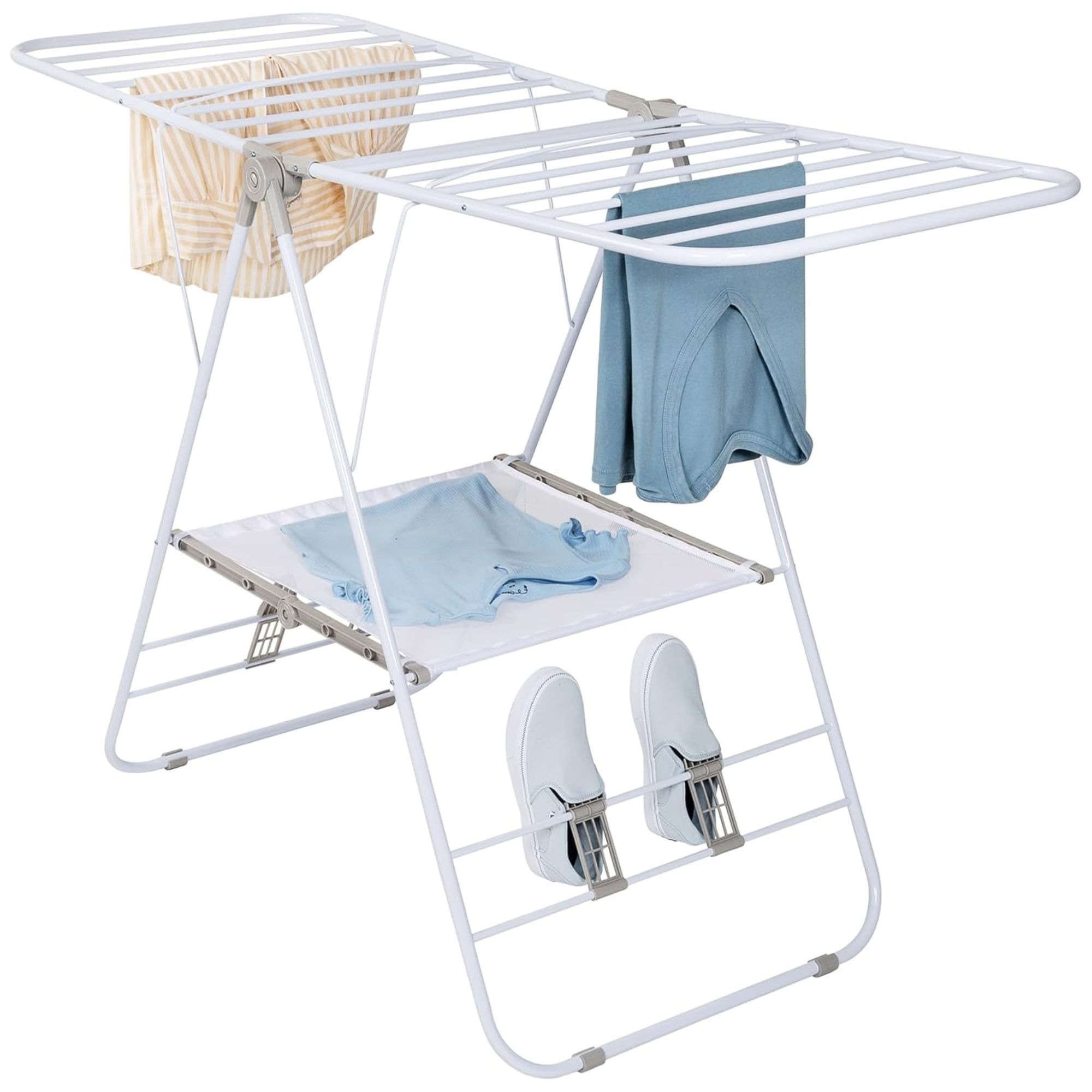
This drying tack is sturdy and wide, with a 50 lb capacity and foldable, space-saving design.
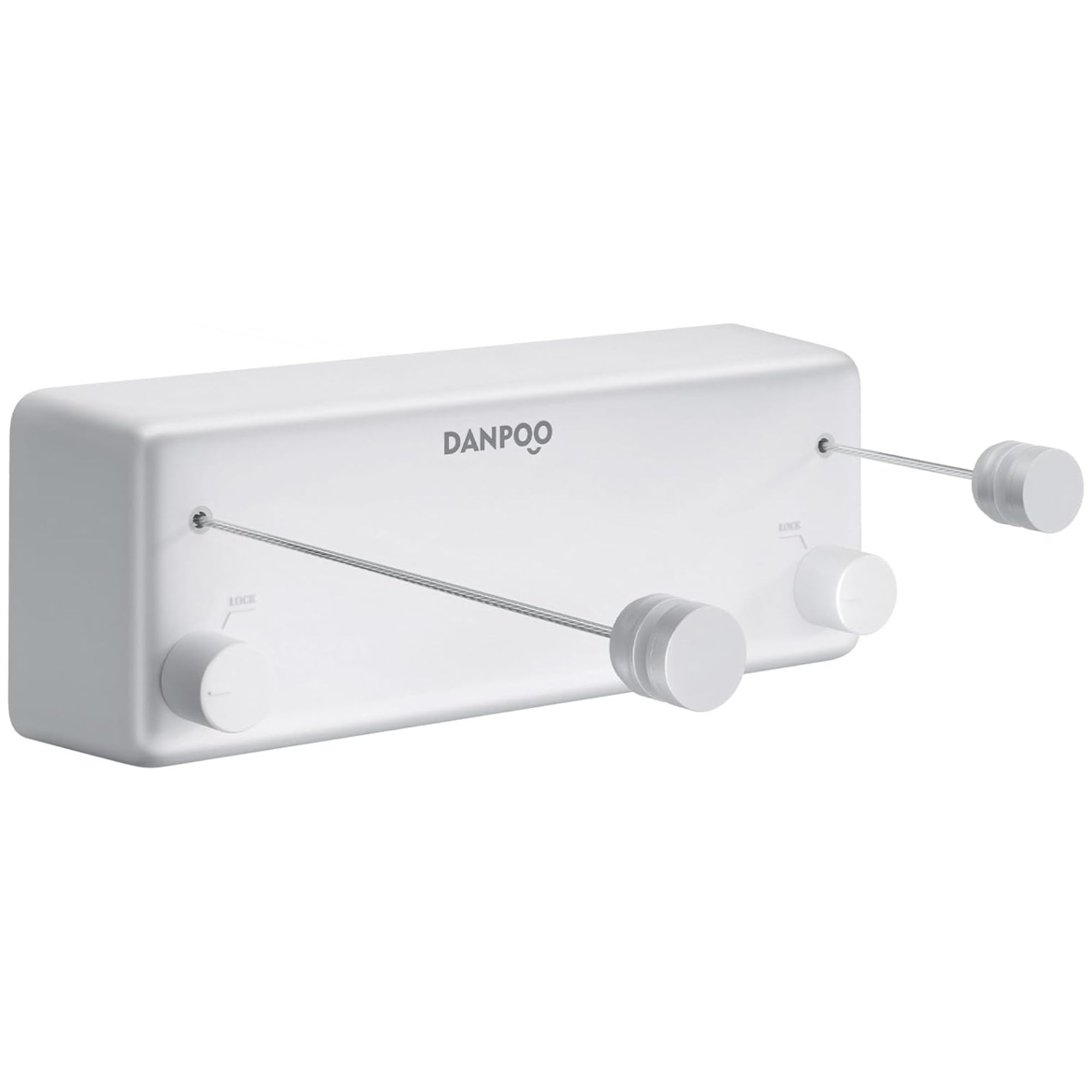
This retractable clothesline features a built-in clothesline tightener, to prevent sagging and ensure a strong, secure, and sturdy drying solution.
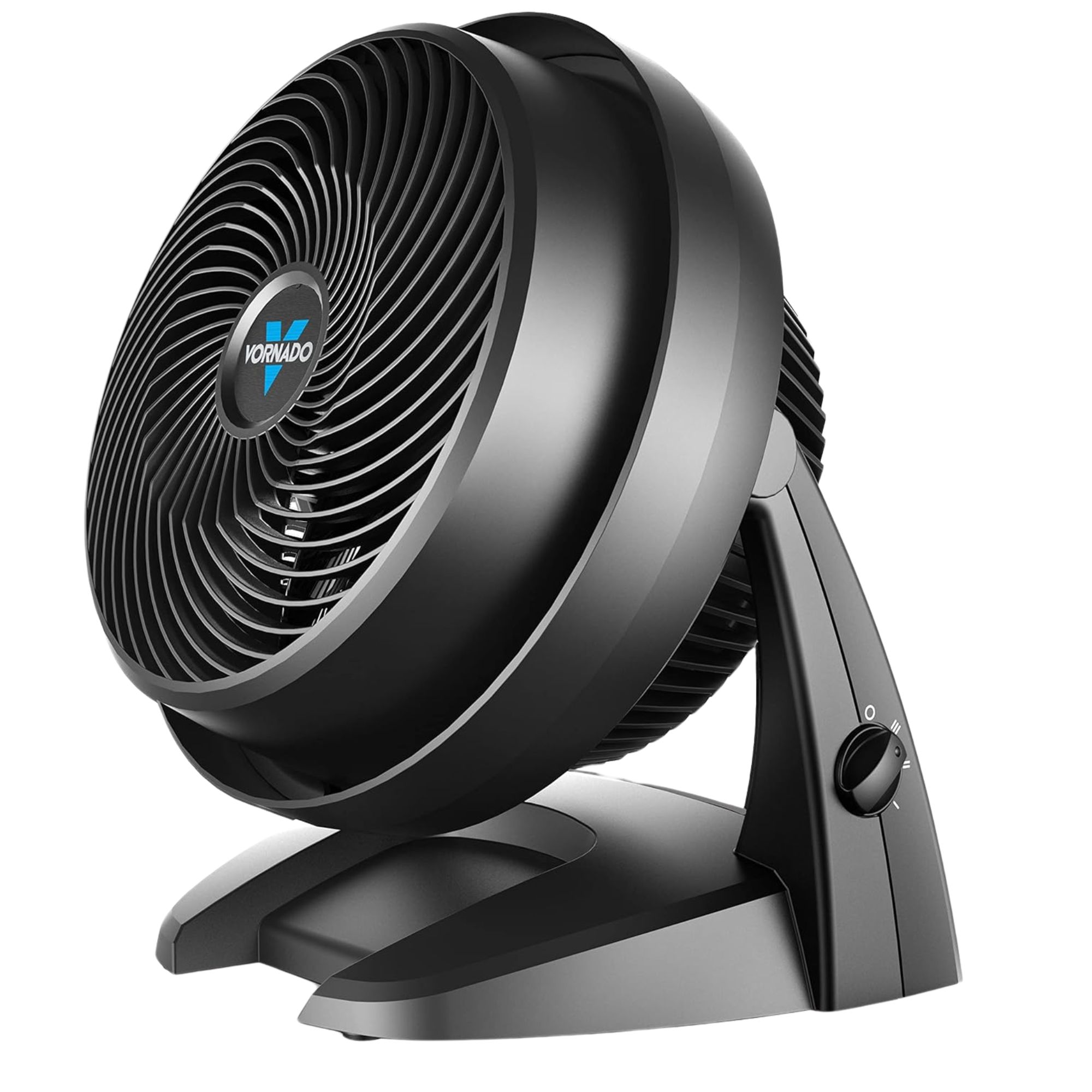
This fan 'moves air powerfully and quietly,' says Rechelle, ideal for smaller spaces like laundry rooms.
2. Hang your duvet near a radiator or space heater

When the weather is bad, or you're unable to air-dry your duvet for any reason, you can dry a duvet without a dryer by utilizing a radiator or space heater.
Rechelle says, 'A low, consistent heat source can gently encourage moisture to evaporate – especially when paired with airflow. However, this method needs to be done carefully to protect the integrity of the filling.'
Just like when using a radiator or space heater to dry clothes quickly without a dryer or dry clothes inside in winter, avoid any damage or fire hazards by draping your duvet over several chairs near your radiator, rather than directly on the heat.
Alicia adds, 'Keep the heater on low to medium – too hot and you risk damaging synthetic fillings. Rotate sections of the duvet every hour or so to keep the drying process even.'
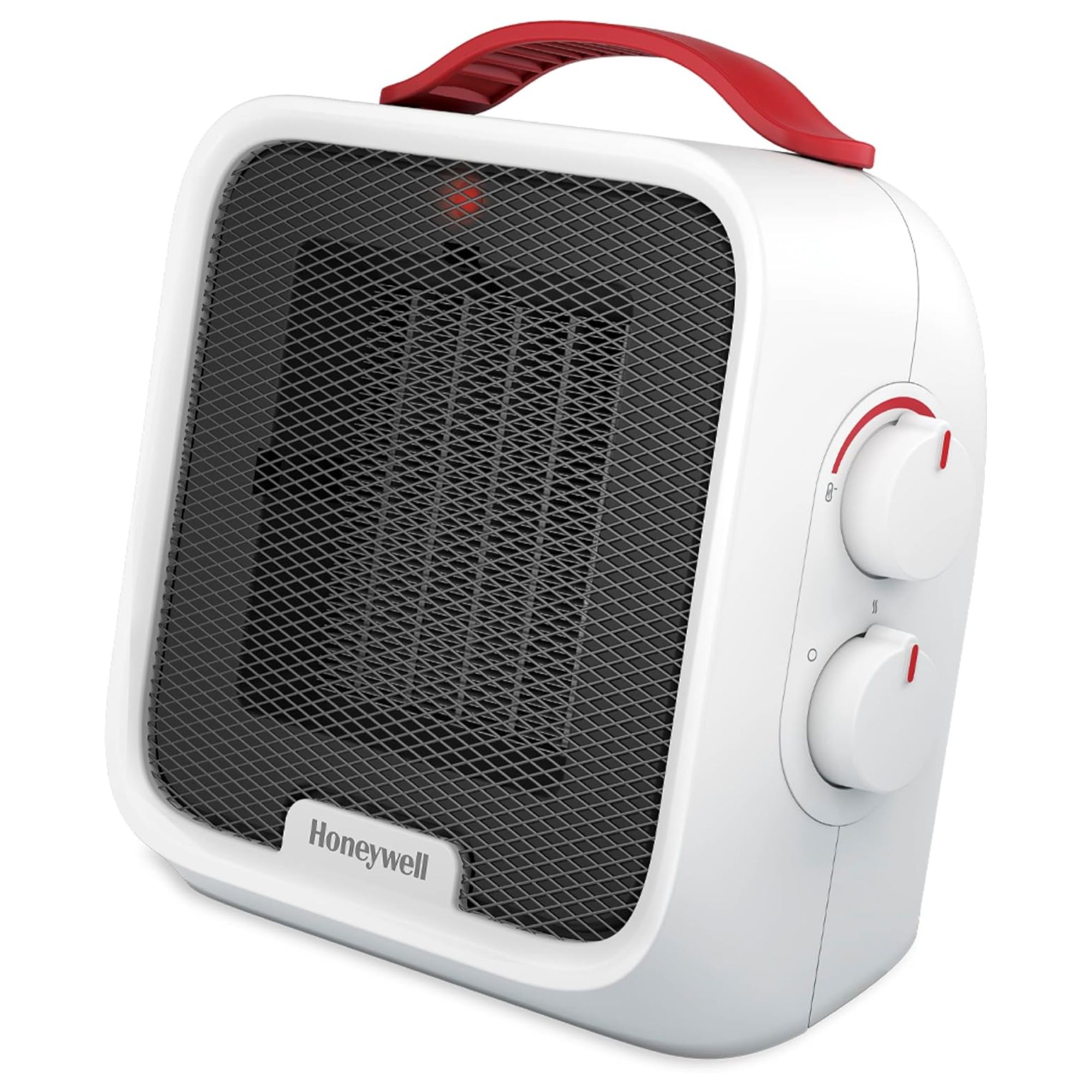
This budget-friendly space heater is 'compact, safe, and adjustable,' says Rechelle, with an adjustable thermostat and two comfort settings
3. Harness the warmth from your boiler or furnace

Rechelle shares. 'This is one of my favorite old-school methods. A warm, enclosed space helps draw out moisture slowly and evenly – especially overnight.'
To hang your duvet near your boiler or furnace, Alicia recommends using a ceiling-mounted pulley drying rack, or wall-mounted rack, such as the Leifheit Telefix Wall Mount Retractable Clothes Drying Rack available at Amazon, to hang the duvet loosely.
'If space is tight, hang it on a clothes hanger from a hook or doorframe,' she says. 'Keep the door slightly open to let moisture escape and prevent mustiness.'
Again, rotate or fluff it a few times to make sure it dries all the way through, says Rechelle. You can also try out one of the surprising uses for your dehumidifier – speeding up drying laundry – by popping one nearby to absorb any excess moisture. Avoid hanging your duvet too close to your appliances, however, to ensure proper airflow and prevent a common household fire risk.
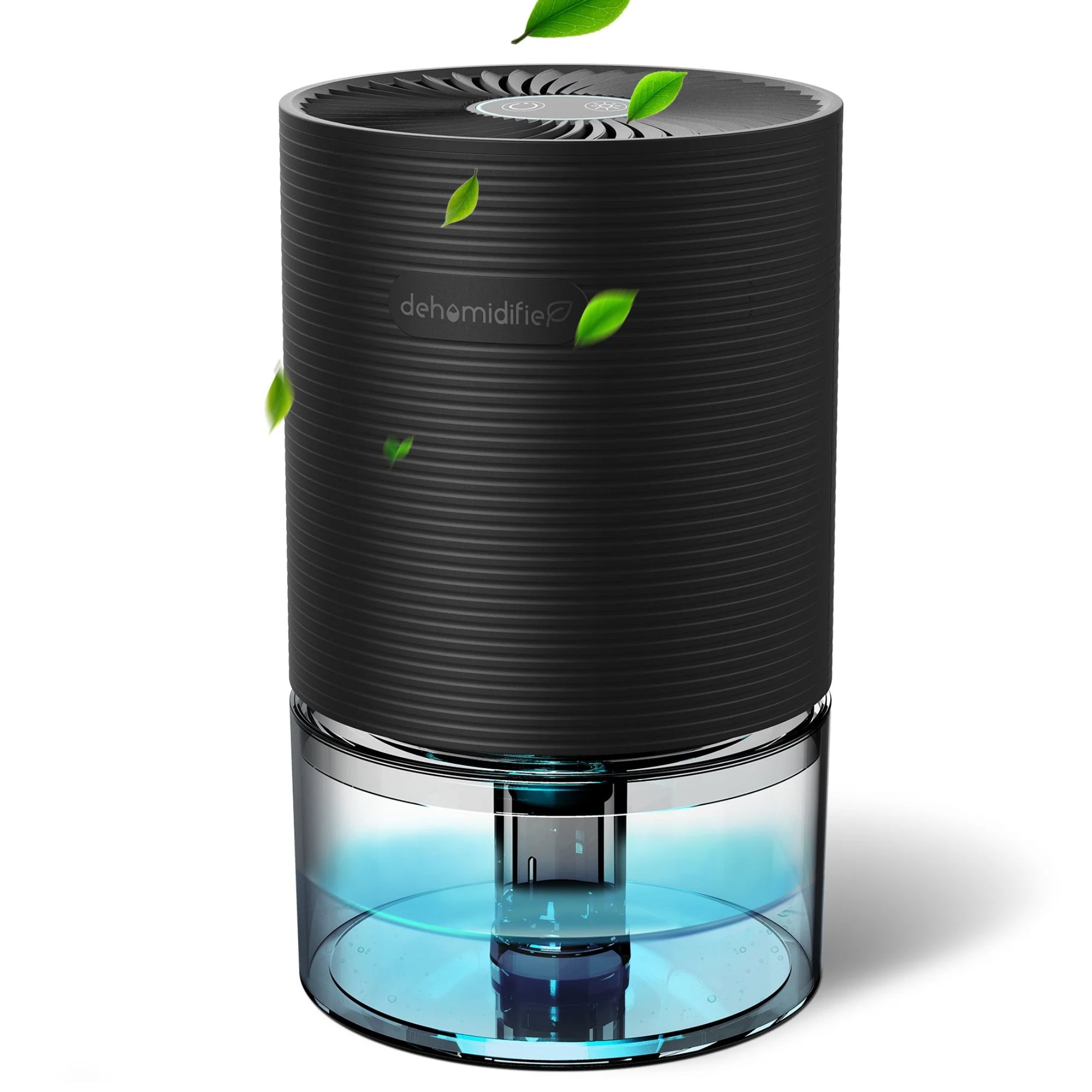
This affordable yet effective dehumidifier is ultra quiet, lightweight and portable, with an energy saving auto shut-off function.
Meet our experts
'Regardless of how you're drying your duvet, build in a few “fluff breaks,”' advises Rechelle. 'That just means lifting it up, giving it a gentle shake, and redistributing the filling. It keeps the loft intact and ensures the duvet dries evenly – especially if it's filled with down or a synthetic blend.'
And, as Alicia stresses, be patient. 'It may take 24 to 48 hours for your duvet to dry fully, depending on thickness and conditions. Make sure it's fully dry before storing or using it again, to avoid mildew.'
It's also crucial to nail washing a comforter, for a professional finish without the cost of dry cleaning.







